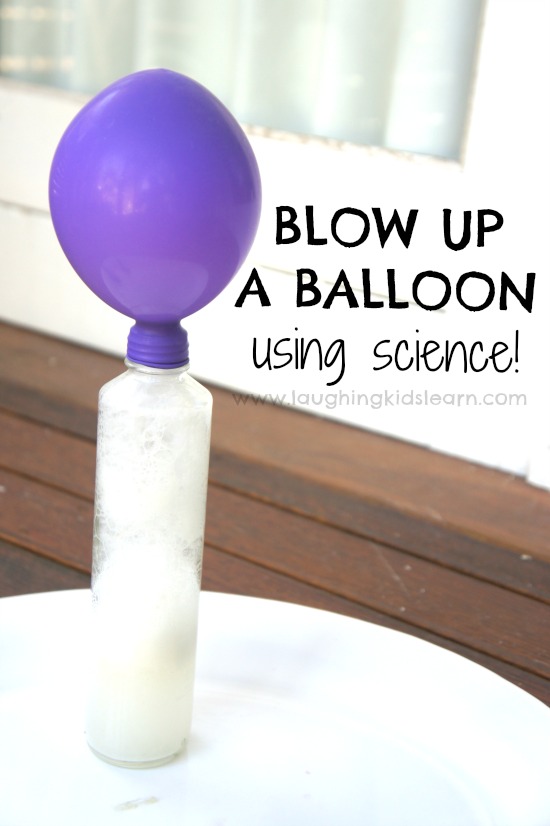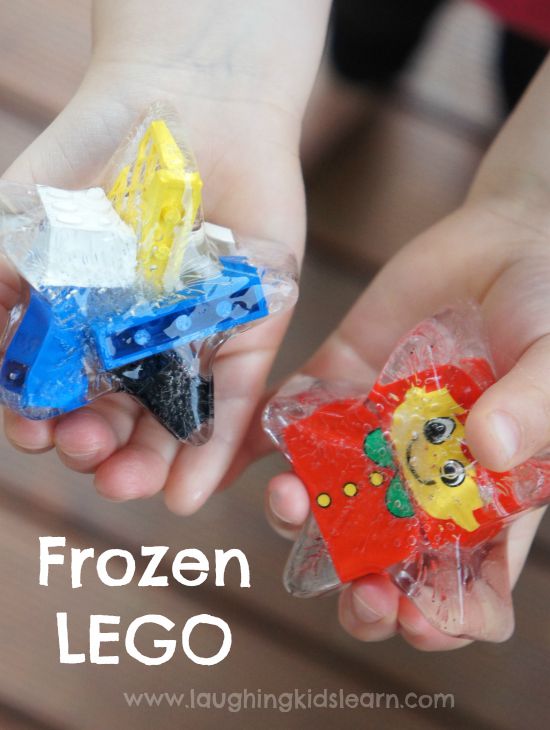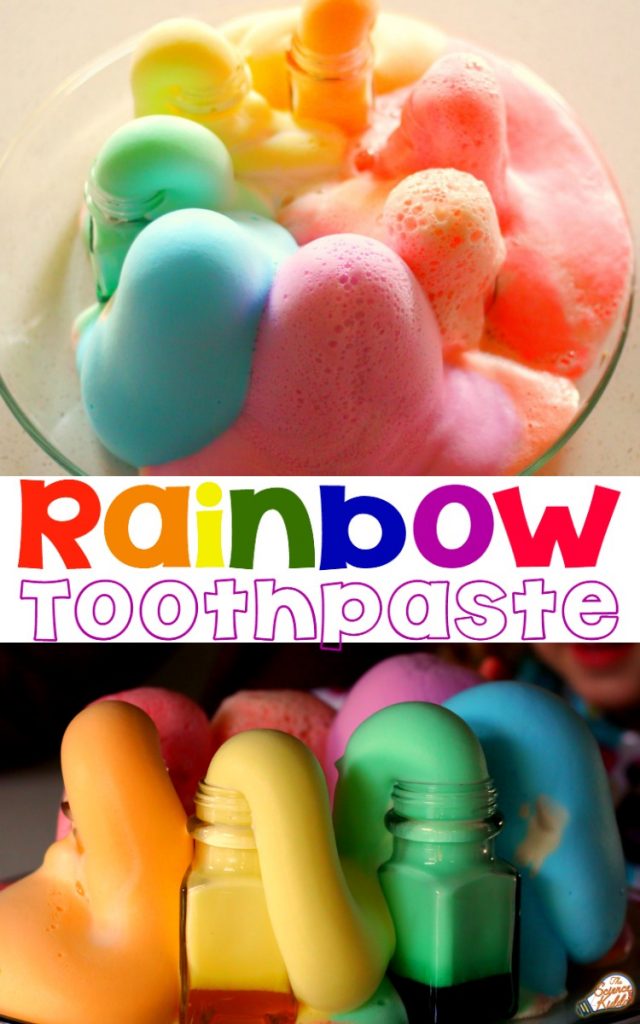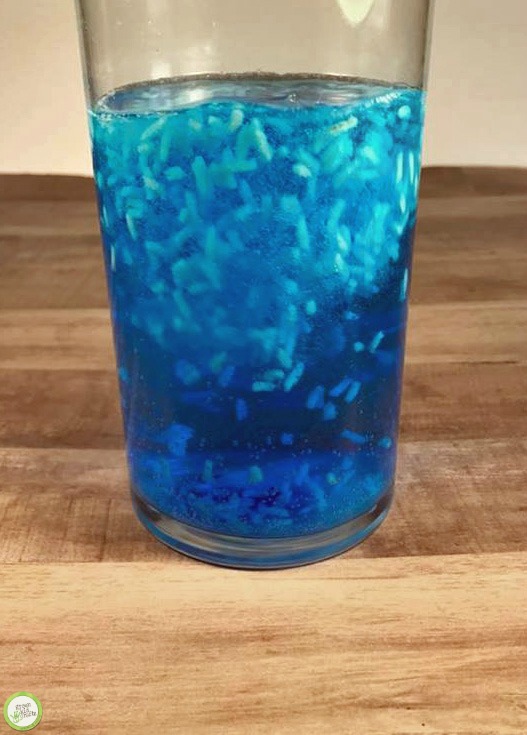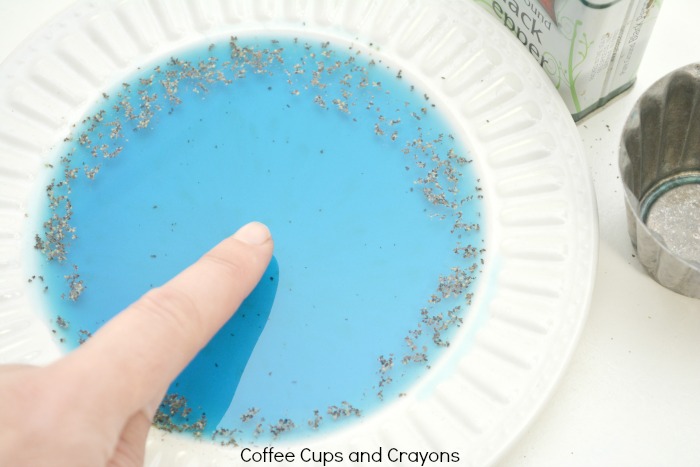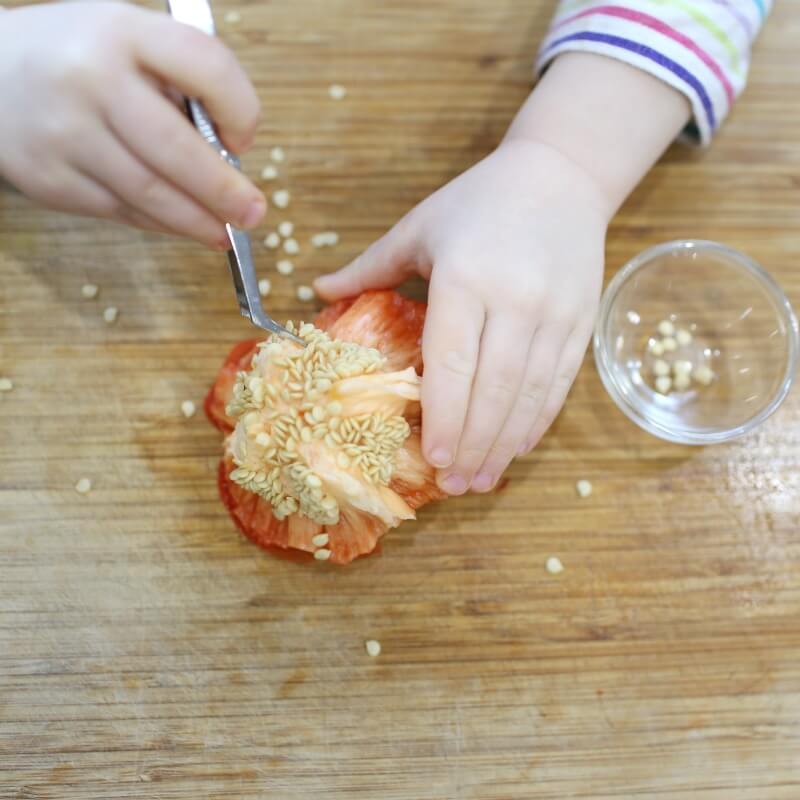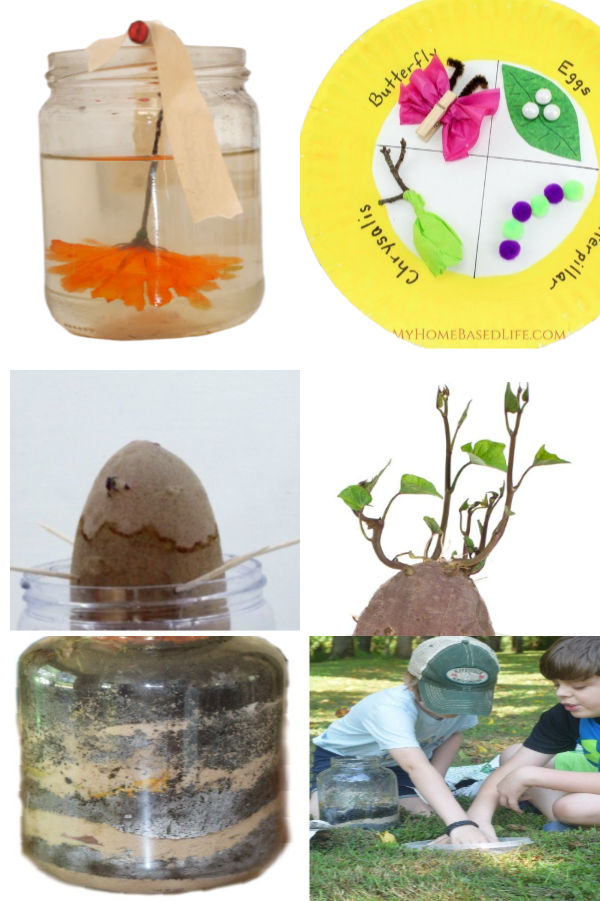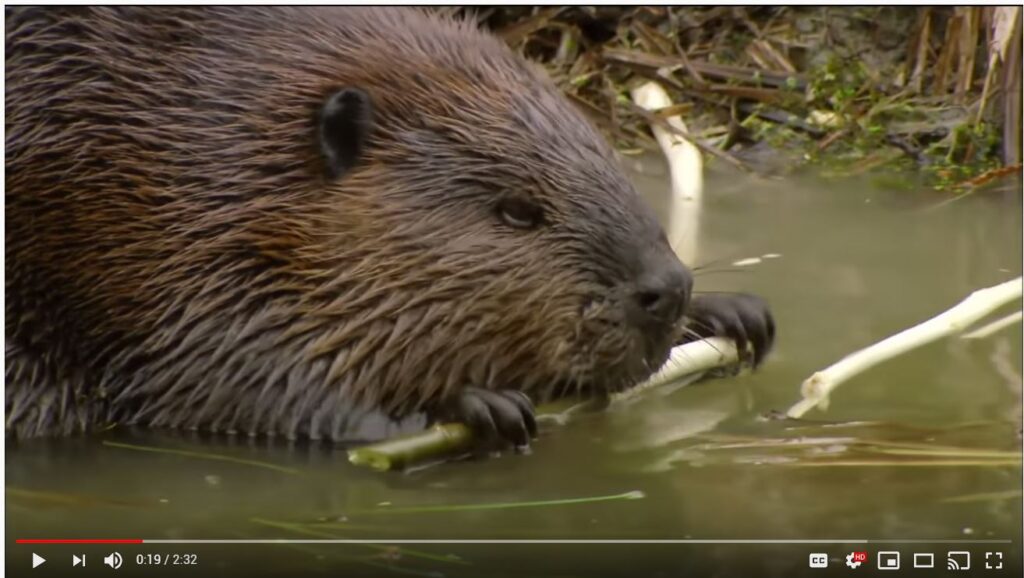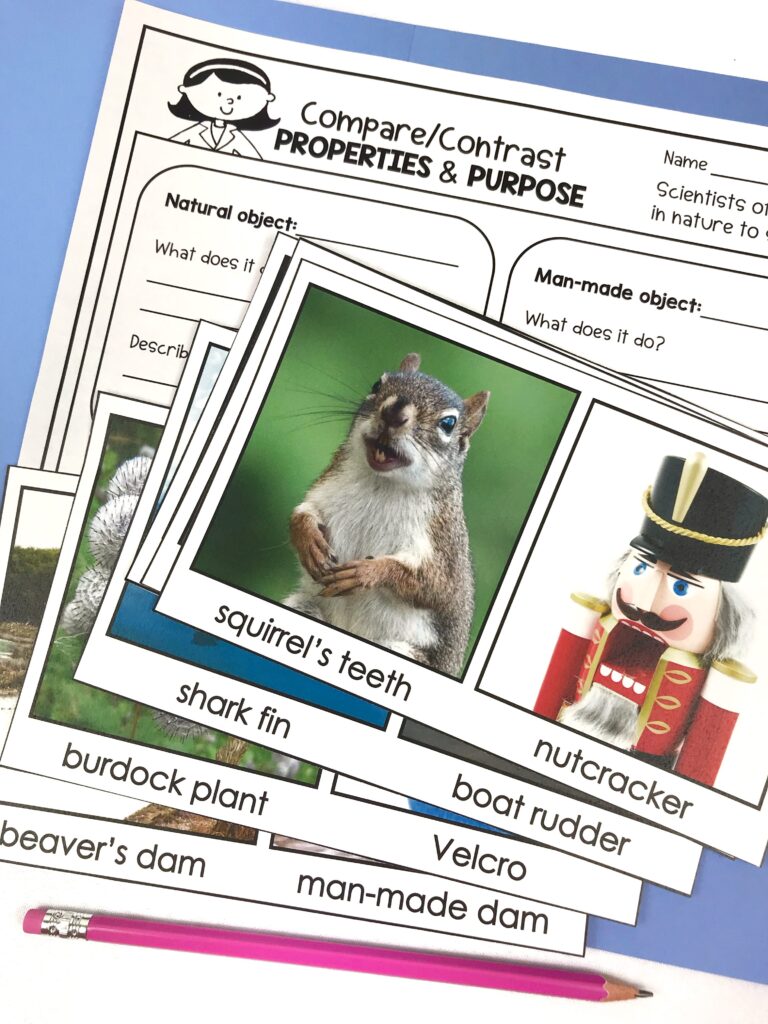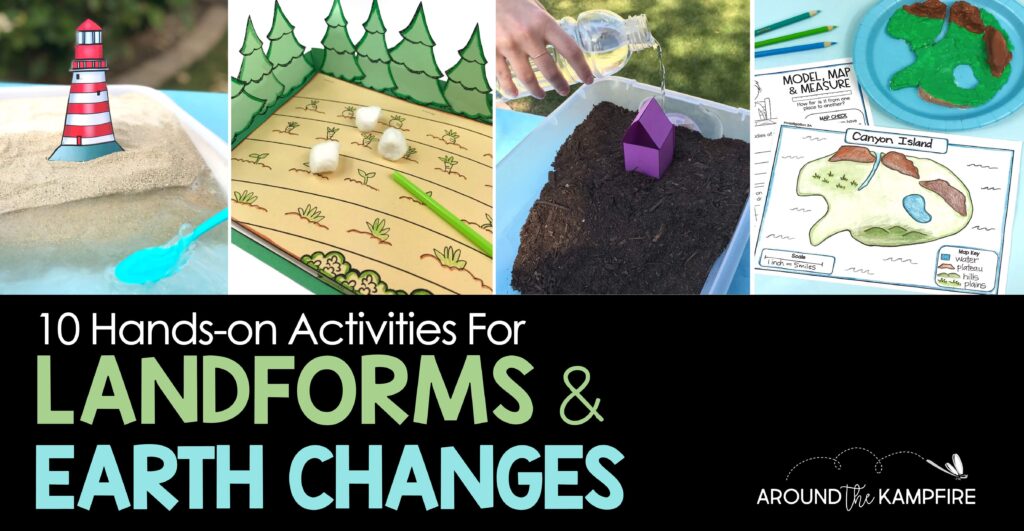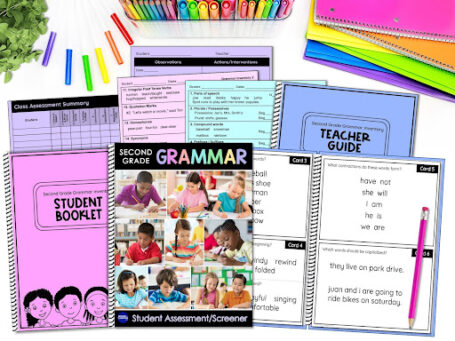23 Fun STEAM and STEM Activities for Kids
Get your kids psyched about STEM and STEAM with interactive activities they can do at home. They'll be amazed to use science, technology, engineering, art, and math in a setting that feels nothing like school.
PHOTO: STEPHANIE RAUSSER
Updated on November 2, 2022
Juice-Pouch Stomp Rocket
AARON DYER
This rocket uses the power of compressed air to launch into the sky. (Budding engineers take note: This is called pneumatics!) By Ana Dziengel, Babble Dabble Doo
What You'll Need:
Empty juice pouch; one flexible straw (that comes with the pouch); one standard straw; colored cardstock; washi tape (optional); modeling clay
What To Do:
1. Snip off the end of the flexible straw on an angle.
2. Insert the pointed end of the straw into the straw hole of the juice pouch.
3. Cut the second straw in half. This will be your rocket.
4. Make three trapezoids from cardstock, in the following dimensions: 3 inches (base) x 1 inch (height) x 3/4 inches (top). Set two aside to be full fins. Cut the last one in half vertically.
5. Tape the full fins on each side of the straw. Don't flatten the straw.
6. Tape one half-fin perpendicularly to each full fin as shown. Add washi tape to decorate the straw if desired.
7. Roll a small bit of clay into a ball. Add this to the top to seal the straw completely.
8. To launch the rocket, inflate the pouch by blowing into the flexible straw. Bend the flexible straw to aim and place the rocket straw over the end. Stomp down hard for liftoff!
Note: If after some use, one of the straws cracks, simply replace it with a new one.
I'm a Mom and a Scientist: This Is Why Kids Benefit From Doing Experiments at Home
02of 23
Pom-Pom Catapult
AARON DYER
This simple machine uses stored energy (the tension in the rubber bands) to release a projectile (called the payload). Play around with the position of the stopper to get the maximum angle and distance for your launch—and have fun with colors and decorations.
What You'll Need:
Hole punch; rectangular box; three unsharpened pencils; a few strong rubber bands; masking tape or glue; jar lid; paper clip
What To Do:
1. Punch a hole in a long side of the box, 3 inches from a short side. Punch a matching hole on the other side. The holes should be large enough for a pencil to rotate easily. Punch a third hole on the opposite short side; it should be centered and near the bottom.
2. Assemble the catapult arm: Join 2 pencils together perpendicularly to make an inverted lowercase t; secure them with rubber bands.
3. Tape or glue a small jar lid to the longer end of the arm as shown.
4. Wrap another rubber band around the shorter end of the arm using a slipknot.
5. Place the ends of the horizontal pencil in the side holes. Thread the tail of the slipknot (from Step 4) through the remaining hole, and knot a paper clip around the end to hold it in place.
6. Create a "stopper" for the catapult arm with the third pencil. Place it across the top of the box just in front of the arm; secure it in place by wrapping a large rubber band around one end of the pencil, under the box, and up and around the other end.
7. Load it up...and let 'er fly.
03of 23
Electric Play-Doh Lightning Bug
AARON DYER
In this STEM activity, kids will create a simple closed circuit to make their bug glow. Who knew that Play-Doh could conduct electricity? There are a few extra rules for this activity, though: Adult supervision and safety glasses are required. You're working with electricity, after all. And never touch battery-pack wires to each other or attach LEDs straight to the battery-pack wires. This can lead to overheating or damage. By Anne Carey, Left Brain Craft Brain
What You'll Need:
Cardstock; Play-Doh; 10mm diffused LED bulb with leads; four AA batteries; four AA battery pack with leads (Find the bulb and battery pack wherever electrical supplies are sold.)
What To Do:
1. Cut an oval cardstock base for the bug and two heart-shaped wings.
2. From Play-Doh, make the head and two separate, oblong sides; place them on the paper base. (Make sure the side pieces don't touch each other or the bug won't light up.) Add eyes and antennae as you like.
3. Look at the leads of the LED. The longer one is the positive lead, and the shorter one is the negative. Pull the leads apart, and stick one end into each side of the body. Remember which side has the positive lead.
4. Insert the batteries into the battery pack. Stick the red wire into the side with the positive LED lead; put the black wire into the other.
5. Turn on the battery pack and watch the bug glow!
Note: If your bug doesn't light up, turn the LED around and insert the long lead into the other side of the body.
04of 23
Balance Sculpture
AARON DYER
Looks are only half the challenge in this STEM activity for kids. Your budding builders will need to be patient as they test to find the sweet spot to make it balance! By Ana Dziengel, Babble Dabble Doo
What You'll Need:
Cardboard; craft paint; paper-towel tube; 5-inch square piece of cardboard; hot glue; floral wire or pipe cleaners; beads; 12-inch bamboo skewer with sharp ends snipped off
What To Do:
1. Cut the cardboard into shapes; paint. Paint the paper-towel tube and square piece of cardboard. Let dry.
2. Flatten one end of the paper-towel tube; staple closed. Cut a small V-shaped notch in the center of the flattened end. This will be the fulcrum.
3. Glue the open end of the paper-towel tube to the cardboard square. Let dry.
4. Thread cardboard shapes, wire, and beads onto a long skewer, balancing and adjusting it on the notch. Continue adjusting, using tape if needed for security, until sculpture is balanced.
10 Playful Math Activities for Preschoolers
05of 23
Invisible Ink
RYAN CLINE
When life gives you lemons, make a secret message from invisible ink! Mail it to a friend or relative, include tips on how it works, and let them bring the image or note to light.
What You'll Need:
One lemon; cotton swab; sheet of white paper; sun, iron, or lightbulb
What To Do:
1. Squeeze the lemon juice into a bowl and add a spoonful of water. Mix gently. Dip the swab into the liquid and write a message or draw a picture on the paper.
2. Let the liquid dry completely so that the message or picture is invisible. To share your secret, set it in sunlight, hold close to a lightbulb, or iron (with adult help).
3. The message will be revealed! Hang it as artwork or share it with a friend.
How Does It Work?
Diluting or adding water to the lemon juice makes it very hard to see when you apply it to the paper, but lemon juice is an organic substance that oxidizes and turns brown when it's heated up. This means that no one will notice that the secret is there until the paper is heated and the message is revealed! Other substances that work in the same way include orange juice, honey diluted with water, milk, onion juice, and vinegar.
06of 23
Solar System Mobile
JASON DONNELLY
This far-out felting project from craft stylist Katie Leporte, author of the adorable needle-felted picture book Pearl & the Whale, is guaranteed to get the kids psyched to go back to science class.
What You'll Need:
About 2 oz of 100 percent wool roving in assorted colors (like this); two 38-gauge star-point felting needles; felting pad or dense foam; white fiberfill stuffing; white paint; two paint-stirring sticks; drill and 3/32-inch drill bit; white baker's twine or thin cotton yarn; sewing needle with a large eye; brass fish-eye hook; small brass chain
What To Do:
1. To make a planet, pull off a few inches of roving and roll it into a ball so it fits in your palm. Pin onto the felt pad with one needle and use the other to "felt," or to press the needle up and down repeatedly. The tiny barbs on the end of the felting needle compress the fibers into a desired shape. Turn the roving often and continue felting until it forms a semi-firm and uniform ball. Felt on a thin piece of roving in a different color if desired (to make the blue swirls on Neptune, for instance). Repeat to make additional planets.
2. To make the sun, pull a 4- to 5-inch-diameter tuft of stuffing and wrap with yellow roving to cover stuffing completely.
3. Paint two paint-stirring sticks and let dry. Mark five holes, spaced about 3 inches apart, on one of the paint sticks. Drill. Place the drilled stick over the other one as a template, mark holes, and drill.
4. With the sticks in an "X" shape, line up the center holes; use the needle to thread the sun through the center hole. Knot to desired length. Twist in the fish-eye hook from the top to secure the paint sticks together. Secure the planets to yarn with the needle and thread up through remaining eight holes. Knot in place at desired heights.
5. Add a chain to hang; felt on small amounts of wool to planets as needed to balance the mobile.
07of 23
Bath Bombs
BIZ JONES
Scrub-a-dub-dub! Add some science to the tub with these pretty and so-simple bath bombs. By Curious Jane
What You'll Need:
1/2 cup citric acid; 1 cup baking soda; 1/2 cup corn starch; 1/2 cup Epsom salt; essential oil of your choice; 1 tsp water; 1 tsp olive oil; sphere-shaped mold (we used clear plastic ornaments)
What To Do:
1. Combine citric acid, baking soda, corn starch, and Epsom salt in a large bowl. Mix well and set aside. In a small bowl, mix together one or two drops of essential oil, water, and olive oil.
2. Add the wet mixture to the dry very slowly. Mix it together quickly and thoroughly so it doesn't begin to bubble. Once it's all combined, let the mixture sit for a few minutes; it should look and feel like wet sand. If it's still too dry, add a drop of olive oil, but don't oversaturate.
3. Separate the mixture into smaller bowls and add food coloring, mixing in the color by hand.
4. Layer the different colors in both halves of a sphere-shaped mold and pack them down. When each side is completely filled with a slight mound, press them together and gently rotate until the sides lock. (Optional: Add a small plastic toy, glitter, or flower petals when you're layering the bath bomb mixture.)
5. Let the bomb dry in the mold for a few minutes, then carefully remove the top half. Leave it for another hour or two, then carefully turn the bottom half out of the mold. Let it dry overnight.
How Does It Work?
The fizzy reaction in the tub is created by combining two ingredients: sodium bicarbonate (baking soda) and citric acid. The baking soda is a base, and the citric acid is (you guessed it) an acid. Not much happens when you mix them dry. But when you add water, voilà! It acts as a catalyst, allowing the ions in each to collide. They react and dissolve, producing tiny bubbles of carbon dioxide gas. The fizzing helps the bombs break down, and it releases the scent!
Psst! Check out the book Curious Jane: Science + Design + Engineering for Inquisitive Girls.
20 Awesome Science Kits for Kids to Build, Explore, and Experiment at Home
08of 23
Balancing Buddy
TARA DONNE
When completing this STEM activity, your child will be delighted to see this silly pal teeter on its tiny toothpick point!
What You'll Need:
Wine cork; two 12-inch bamboo skewers; toothpick; modeling clay; decorations (like paper, googly eyes, and paint)
What To Do:
1. Place the cork upright on your work surface. Press the pointy end of a skewer into one side of the cork at a 45-degree angle (the ends should point up); repeat on the opposite side. Press the toothpick into the top center of the cork.
2. Roll two equal-size balls of modeling clay and press them onto the ends of the skewers. Decorate the cork as desired.
3. Place the tip of the toothpick on your finger to see if the toy balances. If it leans to one side, adjust the angles of the skewers until it stands up straight.
How Does It Work?
Every object has a center of gravity—the point where its mass is evenly distributed. Because the clay balls are heavier than the cork, they bring the center of gravity to the bottom of the toothpick. In order for the toy to "stand," the weight of the balls must also be in balance: Adjusting the skewers helps to compensate for any difference in size and allows Buddy to stay centered.
09of 23
Dancing Puppet
TARA DONNE
Surprise: The whole robot moves with the pull of a string! Make a couple and put on a show with this STEM activity for kids.
What You'll Need:
Paint and paintbrush; a piece of cardboard cut into 13 strips that are 1½-inch-wide (four 10-inch pieces, four 5-inch pieces, one 4-inch piece, and four 3½-inch pieces); construction paper; pencil; scissors; hole punch; 1-inch-capacity brads; glue; 6-inch piece of string
What To Do:
1. Paint one side of each cardboard piece black; let dry. Trace the robot-face template onto construction paper and cut out; fold as directed.
2. Following the template, punch holes in the cardboard pieces and connect the face and cardboard pieces with brads. Score the 4-inch piece of cardboard into sections, then fold it into a T and glue to the back of the puppet; let dry.
3. Tie the string to the bottom-most brad. Hold the puppet by the handle and pull on the string to get the arms and legs moving.
How Does It Work?
Each brad acts as a fulcrum, creating a pivot point for the pieces of cardboard it's connecting. But because each piece of cardboard attaches to another one, the pressure (effort) you apply to the first one is transferred to the rest, making everything move at once.
10of 23
Brushbot
TARA DONNE
This crazy critter moves on its own. Just don't expect it to clean the floors!
What You'll Need
Four AA batteries; 6-volt battery case with wire lead terminals and an on-off switch (we used this one); 6-volt hobby motor; electrical tape; washer, dime, or other small, flat object; kitchen brush; duct tape; felt; scissors; tacky glue
What to Do:
1. Put batteries in the battery case. Connect the leads to the hobby motor (it doesn't matter which color lead connects to which), and secure the wires in place with electrical tape. Attach the washer to the motor's shaft with electrical tape.
2. Attach the battery pack and motor to the brush with duct tape, and decorate as desired (just make sure you can still access the on-off switch). Turn it on to see it move on its bristle "feet."
How Does It Work?
This STEM activity for kids creates a simple circuit, a closed path that an electrical current travels through. The battery provides the electricity, and the wires conduct it to the motor. When the motor's shaft spins, the washer throws it off-balance, making the whole motor—and the brush along with it—vibrate and move.
11of 23
Zip-Line Toy Transporter
TARA DONNE
Get gravity working to move toys—quickly!—from one side of the room to the other in this nifty rocket ship.
What You'll Need
Removable adhesive wall hook (like a Command Hook); cardboard tea box; hole punch; cardstock; tacky glue; 11 ½ feet of parachute cord, cut into two pieces (10 feet and 16 inches); swivel-eye pulley; duct tape
What To Do
1. Attach the hook to a wall, about as high as your child can reach; let set.
2. Cut the box in half lengthwise, punch holes in two opposite sides, then use our template to create the rocket from cardstock and adhere it to the box. Tie one end of the 16-inch rope to one hole, loop it through the eye of the pulley, and tie it to the hole on the other side.
3. Run the 10-foot piece of rope through the block (wheel) of the pulley. Tie a loop onto one end, then hang it on the wall hook. Pull the other end of the rope until it's taut, then use duct tape to secure it to the floor at a 45-degree angle from the wall (or hold it in place for your child).
4. Have your child push the rocket all the way up to the top of the line, then let go and watch the rocket fly!
How Does It Work?
A pulley is a wheel with a grooved rim that helps it grip the rope. As the wheel turns, it encounters very little friction as it travels, so it moves quickly. Because the far end of the rope is lower than the anchor point in the wall, gravity pulls the rocket toward the ground—super fast!
12of 23
Yardstick Launcher
TARA DONNE
Hurl lightweight balls, toys, and other objects toward a target across the room with the stomp of a foot. By Rachelle Doorley, TinkerLab
What You'll Need
Clean metal can (like a coffee can); scrapbook paper; tape; yardstick; acrylic paint and paintbrush; hot glue; four plastic party cups; rubber band; ping-pong balls or other small objects
What To Do:
1. Cover the can with scrapbook paper and secure with tape. Paint the yardstick; let dry.
2. Use hot glue to attach the plastic party cups to one end of the yardstick (an adult's job). Secure the can to the middle of the yardstick with a rubber band.
3. Place ping-pong balls or other small objects in the cups, then stomp or press down firmly on the free end of the yardstick to launch the projectiles across the room.
How Does It Work?
A lever is a simple machine made from a rigid beam (the yardstick) and a fulcrum (the can). When your child applies downward force to one side, it elicits an opposite reaction, sending the unattached load (the ping-pong balls) flying. You can change the amount of effort it takes to move those balls: The closer the can is to the cups, the less work it takes to move the projectiles.
Psst! Like this activity? Check out Doorley's book TinkerLab: A Hands-on Guide for Little Inventors.
13of 23
Pentominoes
JEFF HARRIS
Polyominoes are shapes made from groups of congruent squares. (Dominoes are two-square pieces, and Tetris uses tetrominoes, four-square pieces.) Building pentominoes works kids' spatial reasoning skills and hones concepts of area and perimeter: Each shape looks different but has the same area (five square units), though not necessarily the same perimeter. Make pentominoes with this STEM activity for kids.
What You'll Need:
Glue; 60 unfinished 1-inch wooden cubes (we got ours on amazon.com); paintbrush and paint, in color(s) of your choice
What To Do:
1. Sort the wooden cubes into groups of five, then challenge your child to create 12 different shapes where each cube shares at least one side with another. These are your pentominoes! (Use the photo as a key if they get stuck.)
2. Once your child has found all 12 configurations, glue the cubes together and paint them as desired. (We mixed teal with increasing amounts of white paint for an ombré set.)
3. Time to play! Have your child try to create various squares and rectangles with the blocks. (Hint: They'll need four different puzzle pieces to complete a 4 x 5 rectangle.)
14of 23
Math Fact Triangles
JEFF HARRIS
Most parents learned to solve problems in a linear way: 1 + 2 = 3. Using the triangles helps kids think in "fact families." They learn that 1 + 2 = 3 and 3 - 2 = 1 at the same time. The triangles promote flexible thinking, which allows for faster problem solving as kids practice.
What You'll Need:
Craft foam, in various shades; scissors; sharpie pen
What To Do:
1. Cut out equal-size triangles from different shades of craft foam.
2. Along with your child, use a Sharpie to write an addition/subtraction or multiplication/division equation (depending on your child's skills) on each triangle, placing one number in each corner; circle the answer.
3. Flip the triangles over. Choose one, cover the circled answer with your finger, and ask your child to solve it. (To practice the opposite operation, cover one of the other numbers.)
The 8 Best Math Apps for Kids
15of 23
Perler Bead Arrays
JEFF HARRIS
Take a break from flash cards and practice multiplication tables using arrays, which allow kids to see the answers as they study.
What You'll Need:
Perler beads (we got ours from Amazon); Perler beads clear square pegboards (such as this set); iron
What To Do
1. Write out an equation (say, 7 x 3), then challenge your child to express it with Perler beads as an array of three columns of seven. Then they can count the total number of beads to figure out the answer.
2. If your child is struggling with particular equations or a line on their multiplication tables, create a permanent version for them to use: For each equation (7 x 1, 7 x 2, etc), have your child help you assemble the correct number of beads into an array (so one column of seven, two columns of seven, etc.), then iron to set according to package directions. Break them out whenever they need some practice.
How Does It Work?
Arrays—also called the area model of multiplication—are a visual way of teaching multiplication (you can also do it by drawing dots on a piece of paper). Kids can see that 7 x 3 is the same as 7 + 7 + 7, a concept they're probably already comfortable with. Building the arrays and using them to solve equations are both powerful ways to internalize the answers.
16of 23
Cloud in a Jar
:max_bytes(150000):strip_icc():format(webp)/102854815-9daeb5f680894bcd9a8f71fa8d1a2b67.jpg)
STEPHANIE RAUSSER
This homemade rainstorm project teaches your child about weather systems and precipitation. By Curious Jane
What To Do:
1. Fill the jar with water until it is almost full.
2. Squirt foam shaving cream over the top, so it completely covers the surface.
3. Fill a small cup with water and add plenty of blue food coloring.
4. Using a medicine dropper, have your child dribble blue water on top of the shaving-cream cloud, and watch the rainstorm form.
17of 23
Suspension Bridge
STEPHANIE RAUSSER
With this STEAM activity for kids, your little architect can design and build a bridge, where the deck (usually a road) is supported by cables. The long suspension cables are anchored by towers (here, we used chairs) on either end. Thin vertical cables then are hung from the suspension cables. By Curious Jane
What You'll Need:
Six to 10 foam boards, each 8 inches by 10 inches; duct tape; two chairs; heavy books; scissors; thick and thin cord
What To Do:
1. Tape foam boards together lengthwise to form the deck. Punch holes at the end corners, as shown.
2. Span the deck from one chair seat to the other. Set heavy books on each end to weight the deck.
3. Cut two lengths of thick cord, about twice as long as the distance between the tops of the chairs; these will be the suspension cables. Rig the cables over the chairs as shown below, tying to punched holes at each end.
4. Cut a piece of thin cord for the center vertical cable. Tie it to the midpoint of one suspension cable. Loop it under the deck and up the other side; tie this to the midpoint of the other suspension cable so that the deck is supported.
5. Follow the same process as above, securing the vertical cables on either side of the center cable. Keep placing cables until they reach the towers and the deck is fully supported. Your child will need to tweak and adjust cord placement as they go.
Classroom Experiment Shows the Importance of Hand-Washing — Just in Time for Flu Season
18of 23
"Tie-Dye" Pillows
STEPHANIE RAUSSER
This STEAM project is a mini lesson in solubility (how much of a substance will dissolve in another substance). Permanent marker (like a Sharpie) doesn't wash away with water. However, the molecules in the ink are soluble in rubbing alcohol, so the ink spreads to make a pretty pattern.
Have your kid draw with permanent markers on one side of a white polypropylene pillow insert (Inner cushions, $3 and up). Don't forget to protect the work surface! The more ink they use, the more the color will bleed.
When your kid is done drawing, have them use a medicine dropper to dribble alcohol onto the pillow and watch the magic happen. To finish, let it dry and run it through the dryer on high heat to seal in the design. By Curious Jane
19of 23
Sand Pendulum
STEPHANIE RAUSSER
This STEM activity for kids creates a pendulum—essentially a weight that hangs freely from a string (we used a sand-filled funnel). When you pull it away from its center point and let it go, it will swing back and forth until it reaches its resting point, or equilibrium. The sand trails left by your child's pendulum are a visualization of the mathematical equation at work. Pendulums have been used in clocks, to keep time, for centuries. By Curious Jane
What You'll Need:
Yarn; scissors; sturdy rubber band; kitchen funnel; broomstick or dowel; poster paper (to catch the sand); craft sand
What To Do:
1. Cut three lengths of yarn, each about 3 inches long. Tie each piece to the rubber band, spacing them equally apart.
2. Slip the rubber band over the funnel so that it fits tightly under the lip.
3. Gather the strings above the funnel and tie them at the top so that the funnel hangs evenly.
4. Suspend the funnel from a broomstick or dowel (or just hold it). Place paper below to catch the sand.
5. Have your child fill the funnel with sand, blocking the small opening of the funnel with their finger as they fill it. Instruct them to remove their finger and give it a little push.
20of 23
Exploding Baggie
SAMANTHA RAZOOK/CURIOUS JANE
See science in action when vinegar (an acid) and baking soda (a base) combine to create carbon dioxide—a gas that inflates and causes its container to burst!
What To Do:
1. Measure 1/2 cup vinegar into a gallon-sized Ziploc bag and add a drop or two of food coloring.
2. Twist the baggie just above the liquid and secure with a binder clip, leaving space at the top.
3. Add 1/4 cup baking soda to the top portion of the Ziploc bag. Seal tight!
4. Set outside or on a covered table. Have paper towels handy!
5. Remove the clip, allowing the baking soda and vinegar to combine. (Give a little shake if needed.)
6. Step back, and watch it inflate...and explode! (Try this STEM activity for kids a few times, and adjust the vinegar-baking soda quantities if needed, keeping them in a 2:1 ratio.)
21of 23
DIY Scratch Paper
CAROLINE KAYE / CURIOUS JANE
This STEM activity for kids involves making your own color-scratch cards and sending a magical message.
What You'll Need:
Blank white cards; color crayons; masking tape; clear detergent; black acrylic paint and a paintbrush; small plastic mixing bowl and spoon
What To Do:
1. Tape down the card with masking tape around the edges.
2. Color in completely with a rainbow of crayons.
3. Mix 2 tbsp black acrylic paint and 2 tbsp clear detergent in a small bowl.
4. Paint the card with the mixture, and allow to dry. Do at least two coats.
5. When completely dry, slowly and carefully peel the masking tape away. Scratch your message into the card with a coin or the pointed end of the paintbrush, and see the colors revealed!
22of 23
Lemon Meyer Geysers
PATRYK KOSMIDER/SHUTTERSTOCK
A little mashing and a lot of fizz makes a mini volcano in this STEAM experiment! The citric acid of the lemon juice reacts with the baking soda to release carbon dioxide gas, fizz, and foam.
What You'll Need:
Two lemons; 1 tbsp baking soda; one drop Dawn dish soap; food coloring (optional); plate, knife, fork, and cup
What To Do
1. Slice a bit off the bottom of the first lemon (so it will sit flat) and remove a core from the top.
2. Halve and juice the second lemon, and set it aside.
3. Set the cored lemon on a plate, and mush the inside with a fork. Make sure to keep all the lemon juice in the lemon; it's important for the reaction.
4. Squeeze a few drops of food coloring and a few drops of Dawn dish soap into the lemon (these are not critical ingredients but make the bubbles colorful and sudsy).
5. Add a spoonful of baking soda into the lemon (it should start to fizz), and mush with the fork—it should start foaming and bubbling!
6. Keep the reaction going by adding more baking soda, dish soap, and reserved lemon juice.
All Work and No Play: The State of Kids’ Free Time
23of 23
DIY Ice Cream
In this STEM activity for kids, you'll make ice cream by surrounding the ingredients with a layer of even colder ice. How? Salt changes the boiling and freezing temperatures of water. When you add salt to ice cubes, it causes them to melt faster, but the resulting water is actually colder than regular ice. Eventually, that water will warm up, but as long as there are still a few ice cubes in the bag, you know the surrounding water is still colder than ice. As this extra-cold water circulates around the ice cream mixture, it coaxes it into a frozen state.
What You'll Need
One quart-sized Ziploc bag; one gallon-sized Ziploc bag; 4 cups ice; 6 tbsp rock salt; 1/2 cup half-and-half; 1 tbsp vanilla extract; 1 tbsp white sugar
What To Do
1. Add the ice and rock salt to the gallon-sized Ziploc bag. Shake to coat.
2. Combine half-and-half, sugar, extract and a pinch of salt in the quart-sized Ziploc bag. Seal it tight, getting all the air out.
3. Nestle the small bag of ice cream mixture into the large bag of ice, so that the ice surrounds it. Seal the large bag tightly.
4. Now shake, shake, shake it up! After about 5 minutes, your sweet treat will be ready to eat!
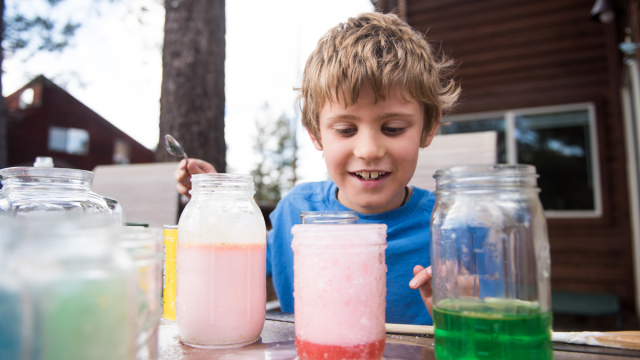

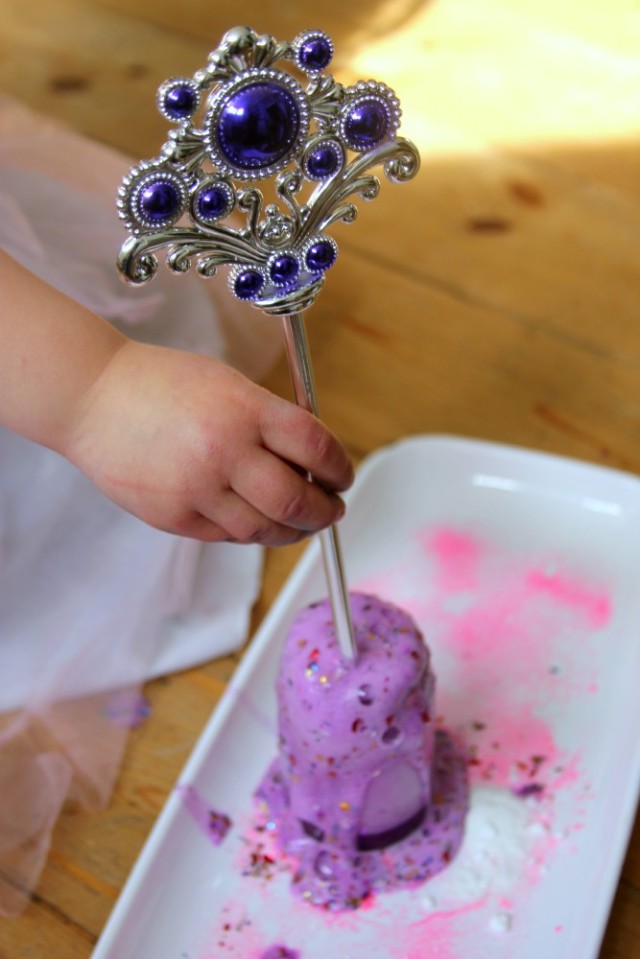
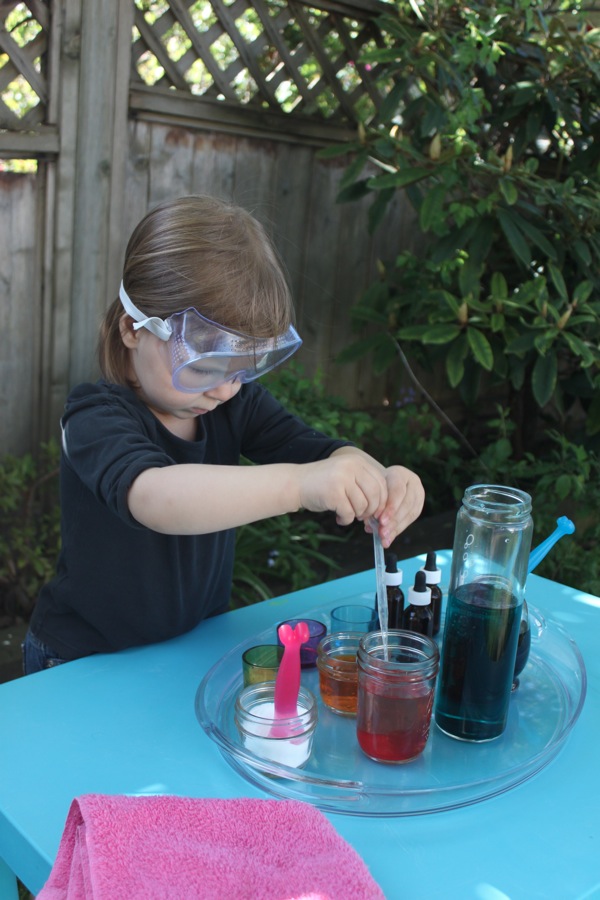
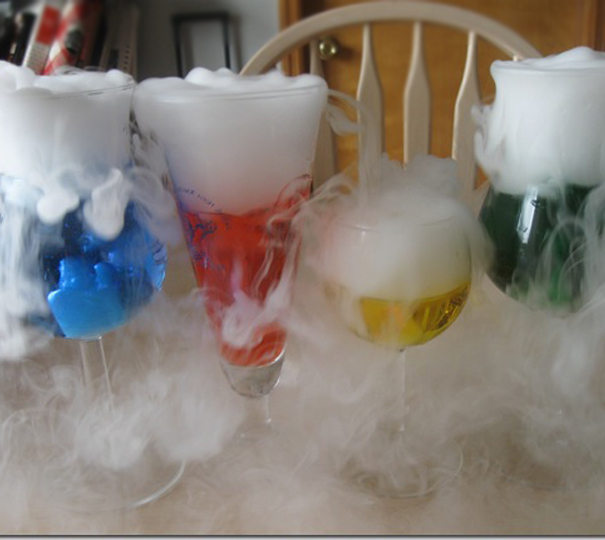
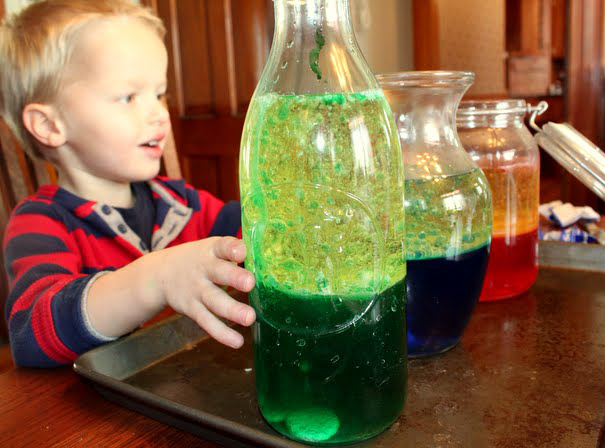
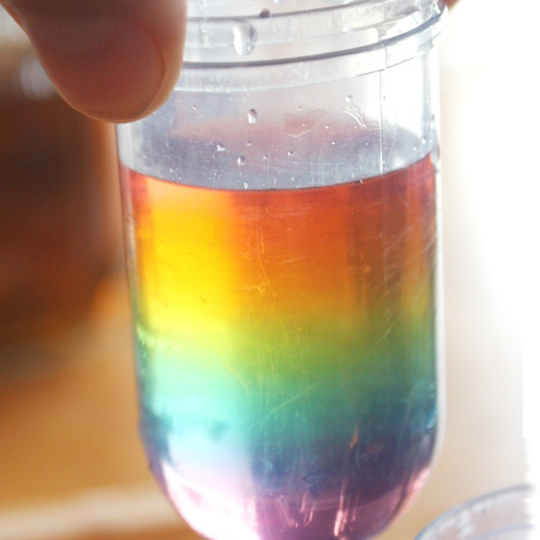
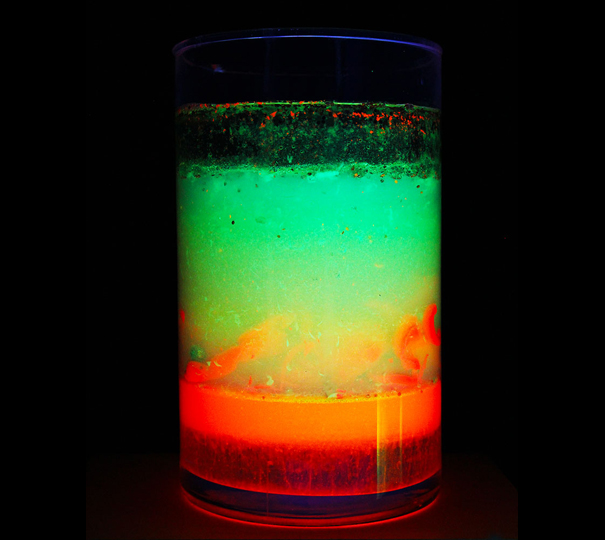

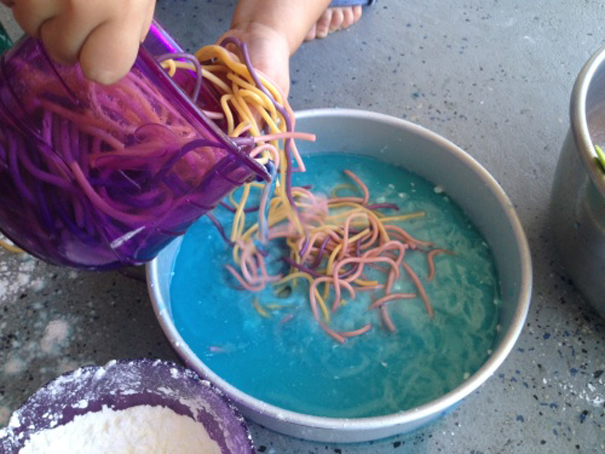
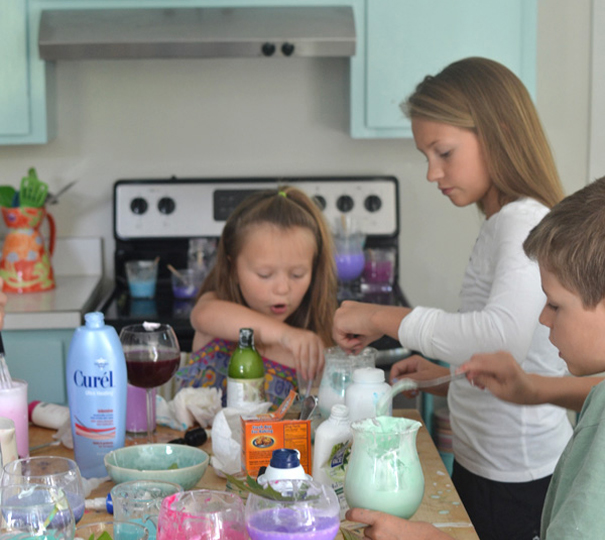
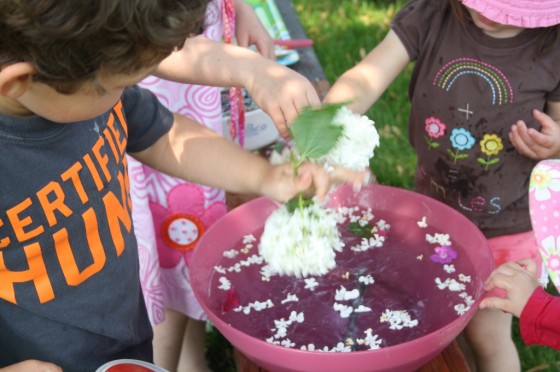
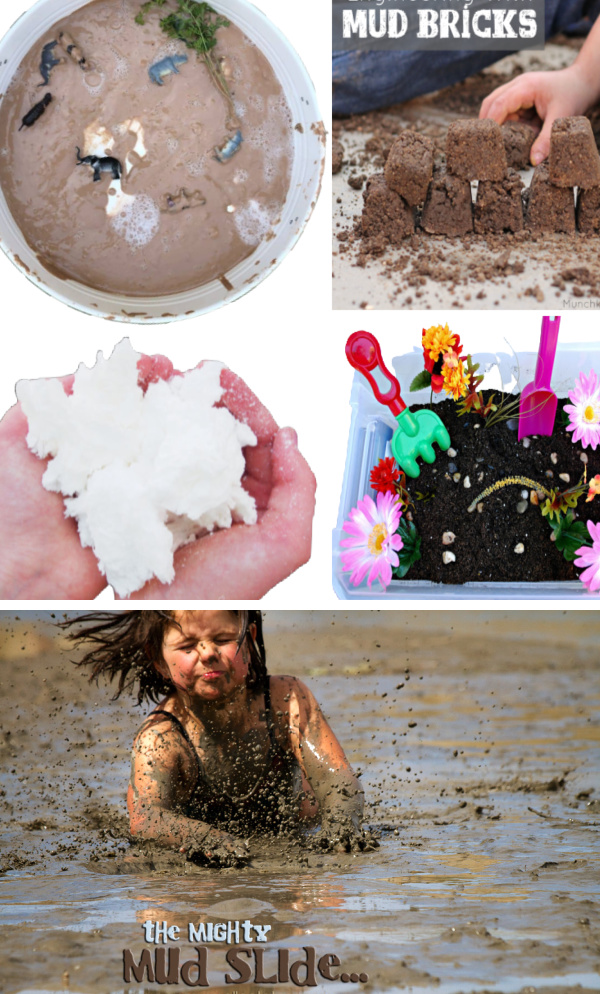
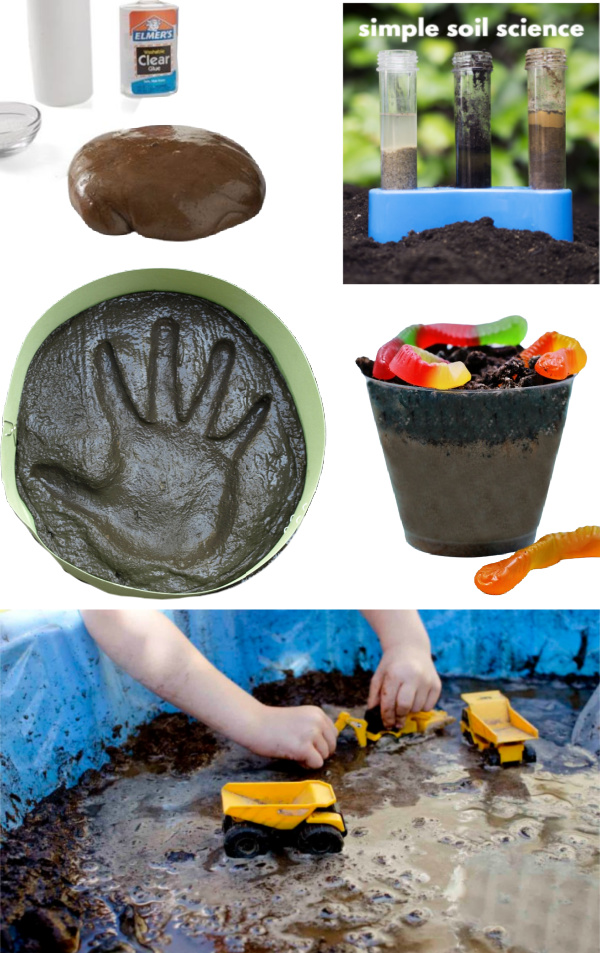

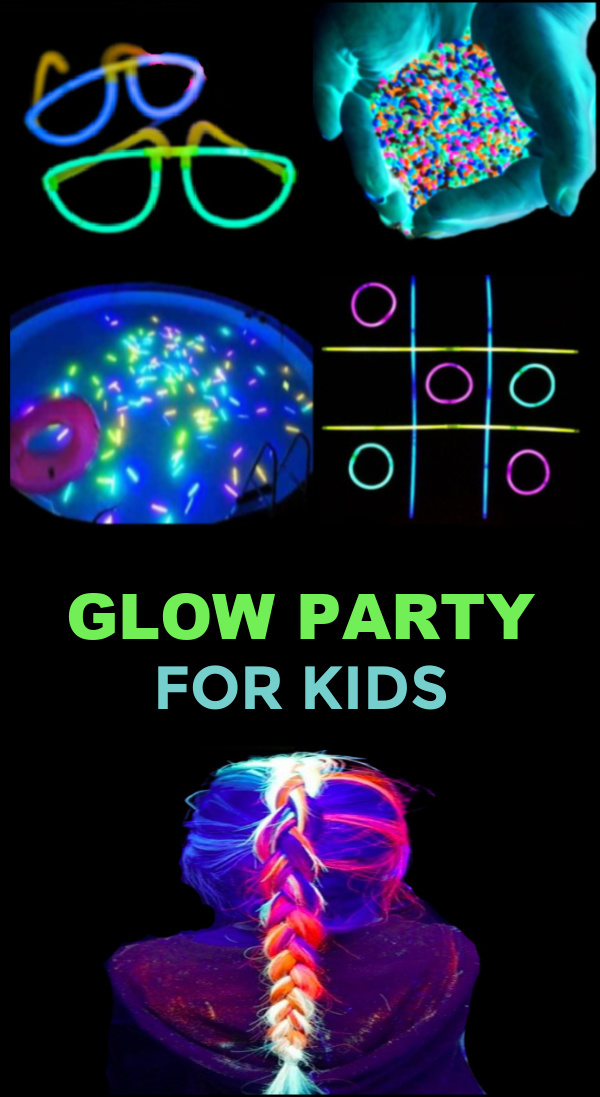
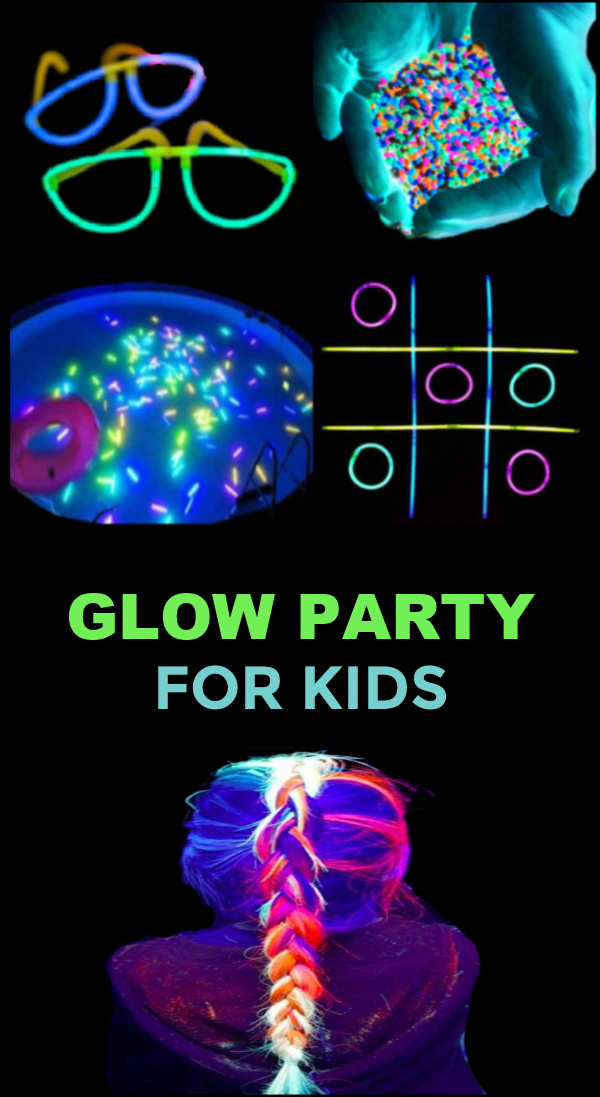

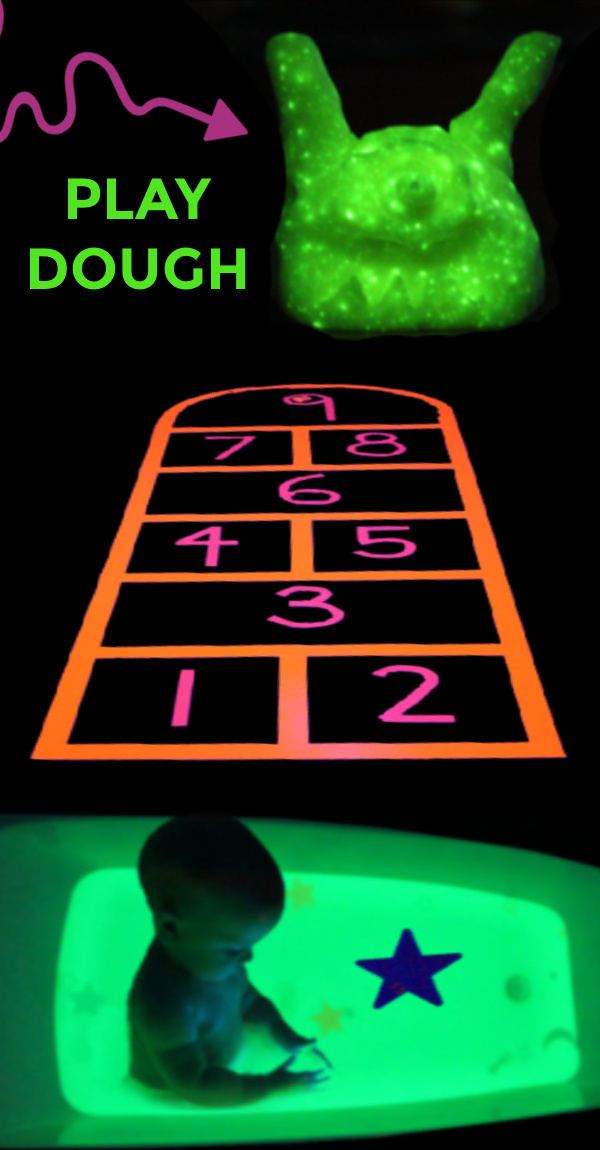
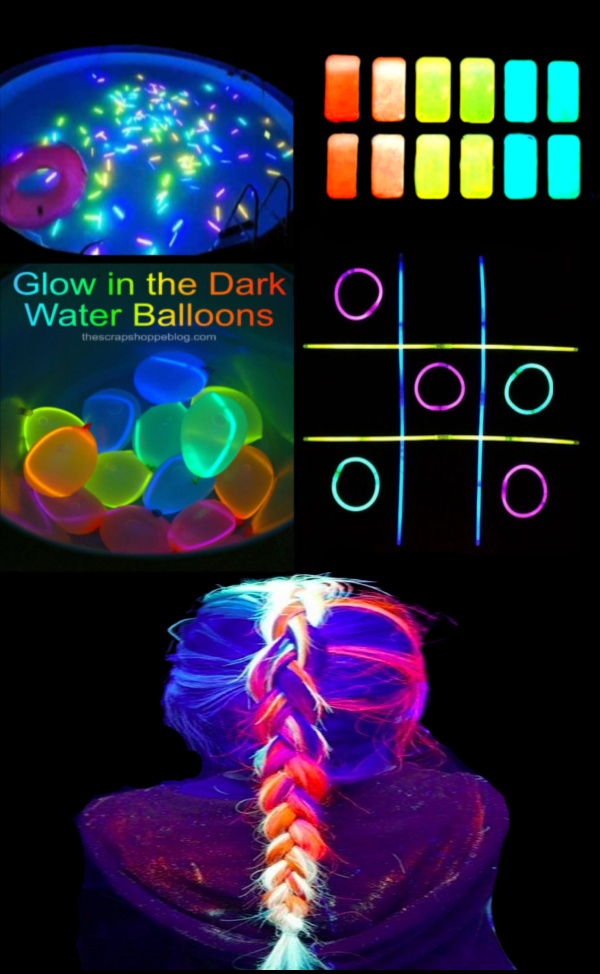
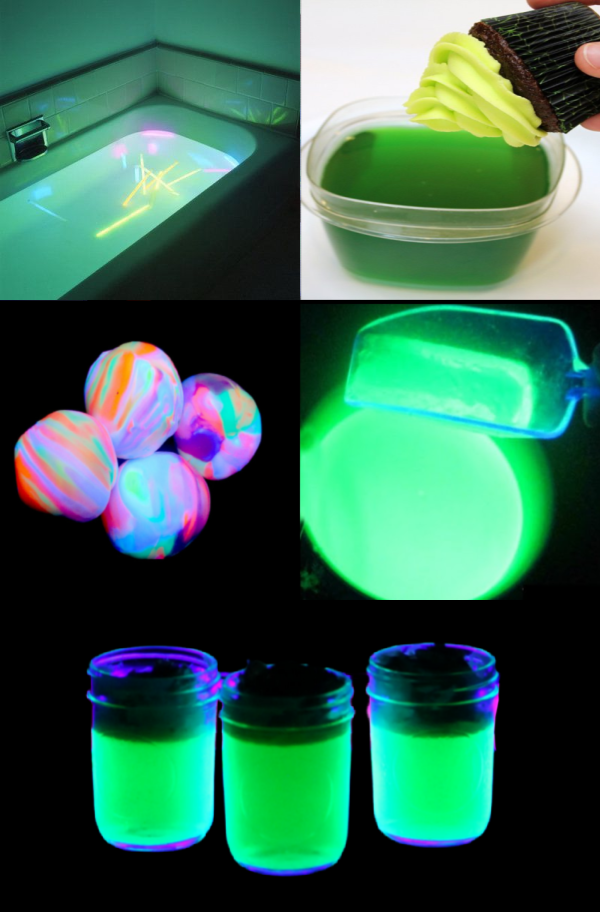
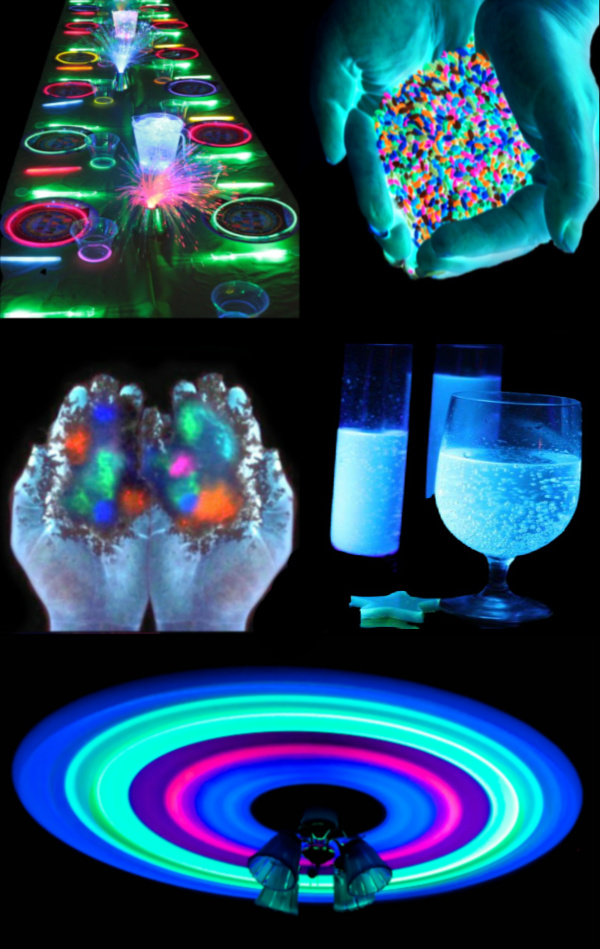
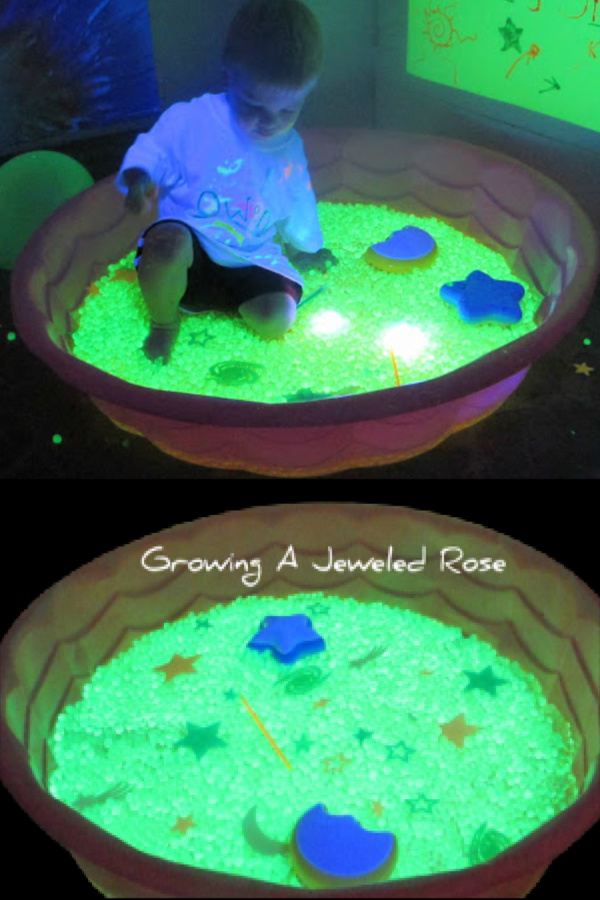

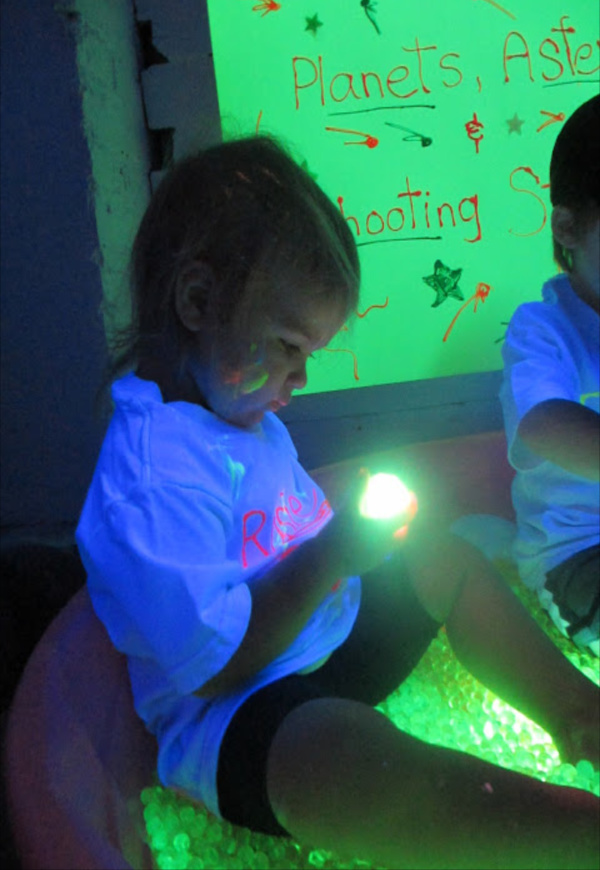
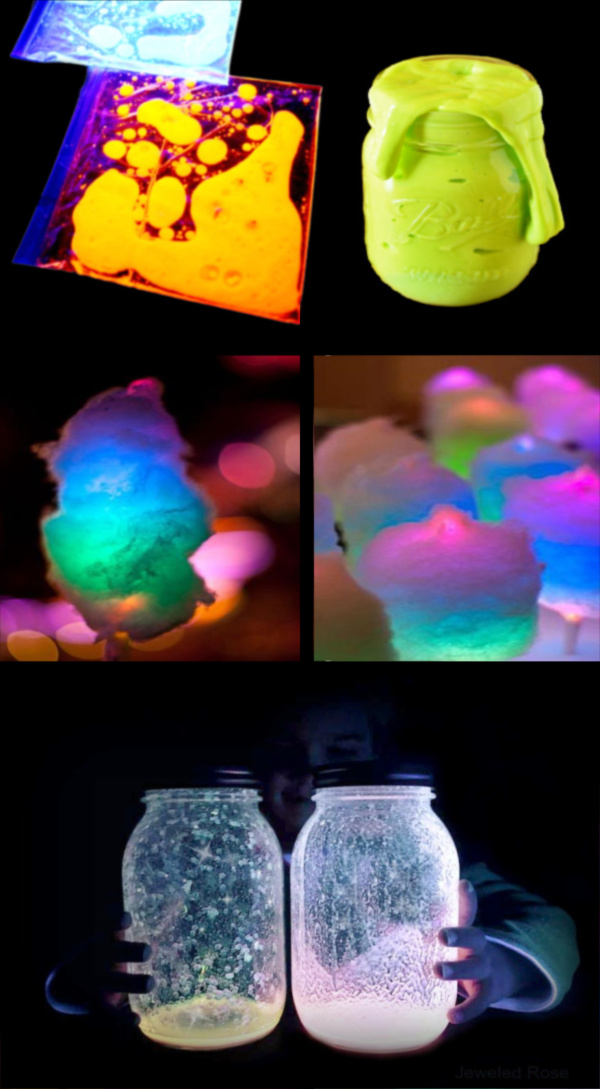
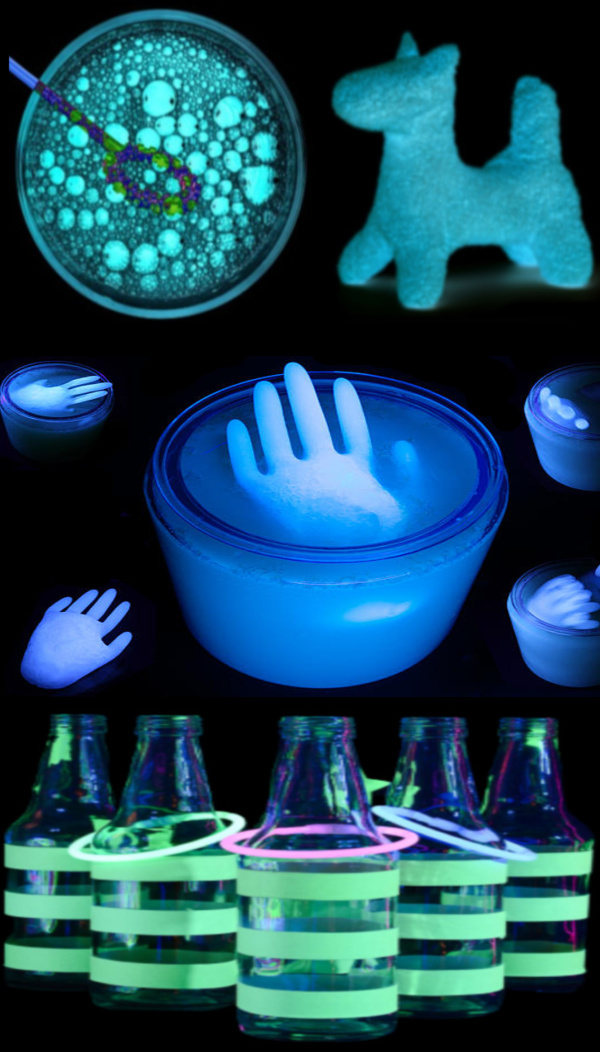
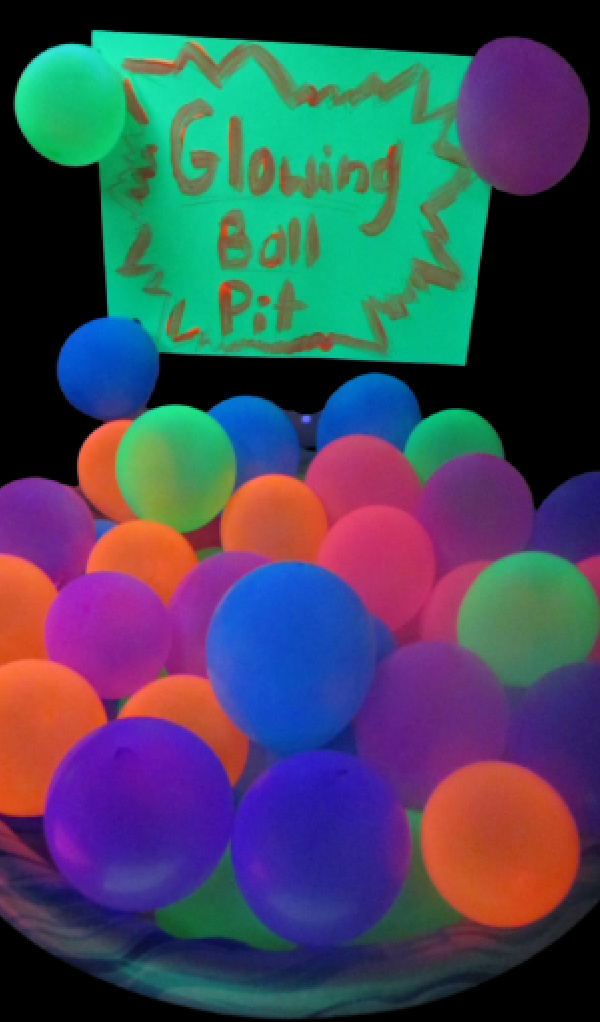
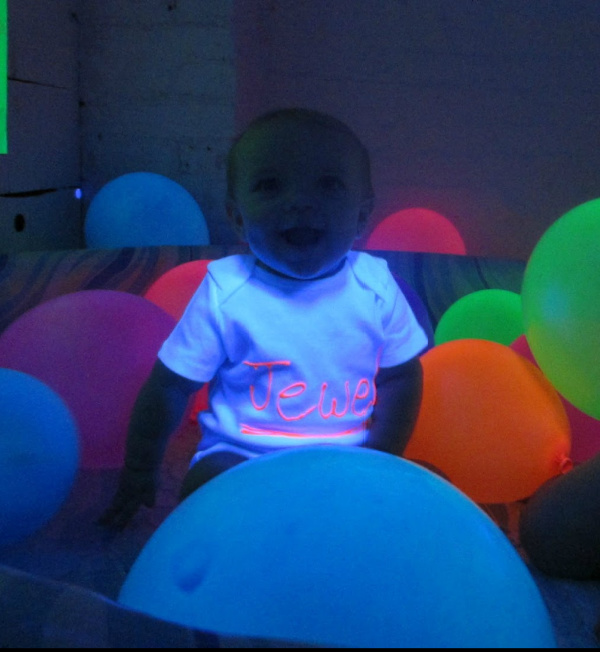
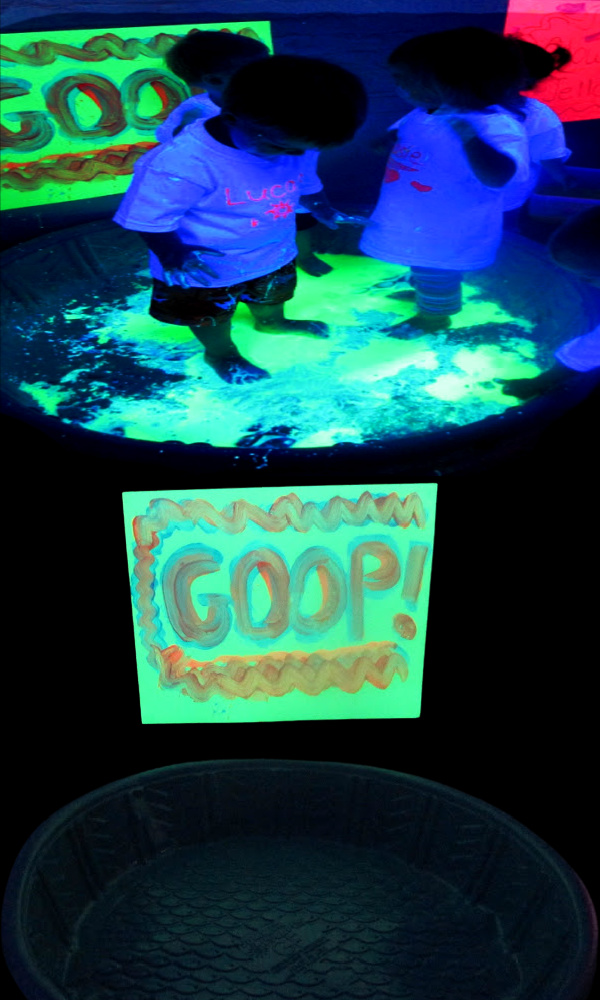
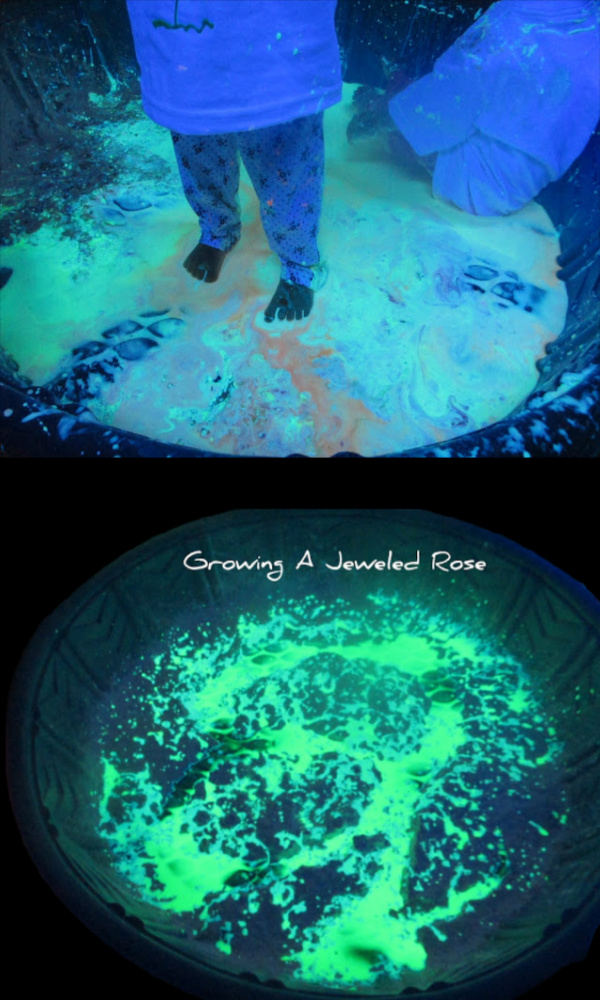
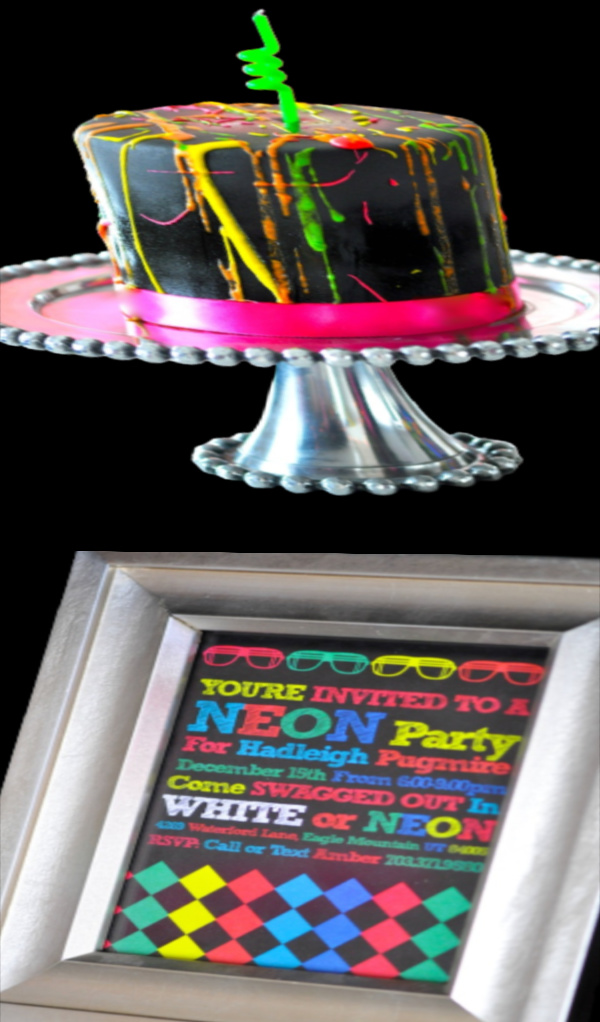
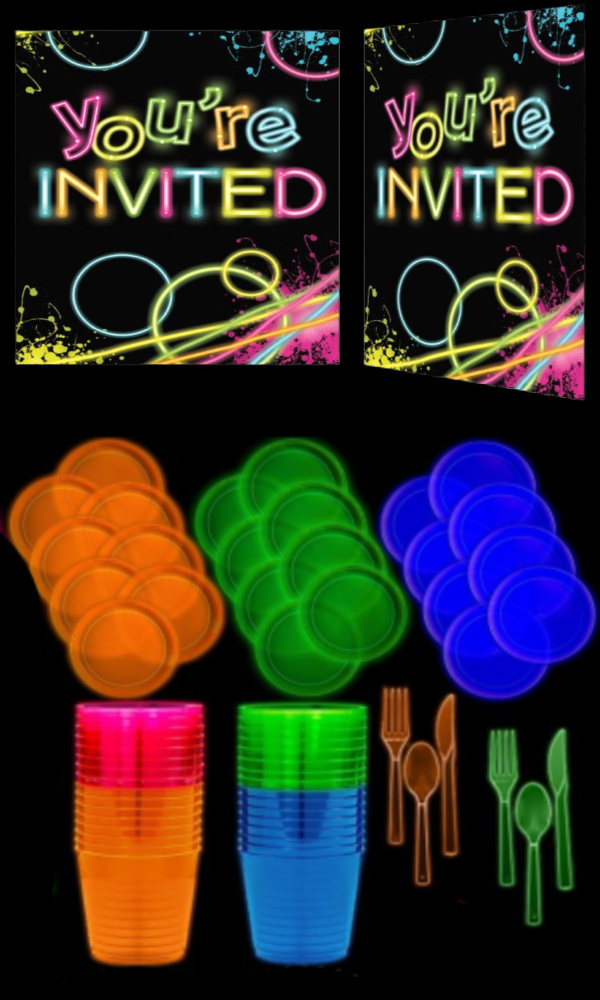
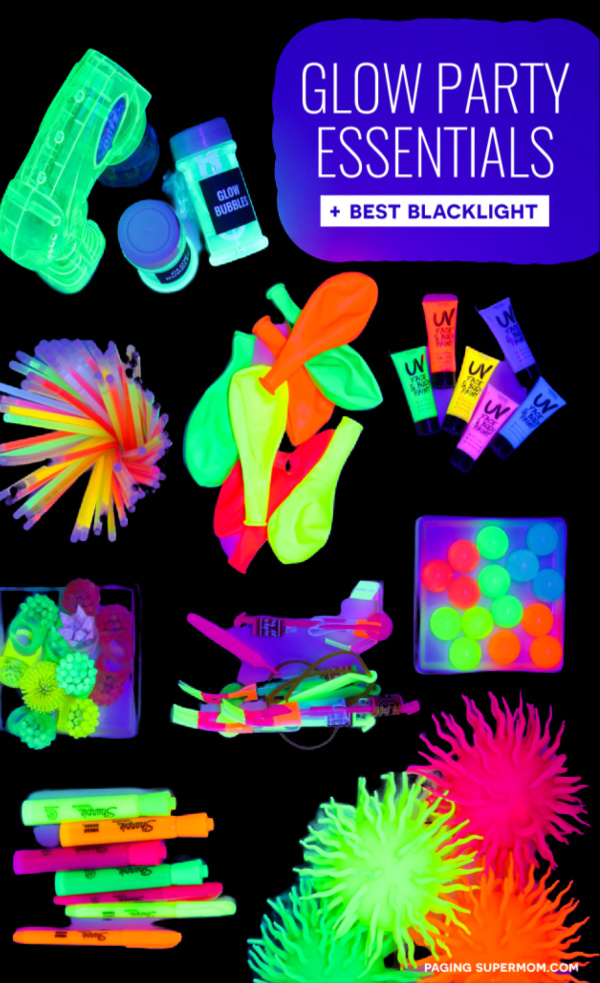

:max_bytes(150000):strip_icc():format(webp)/102854815-9daeb5f680894bcd9a8f71fa8d1a2b67.jpg)







